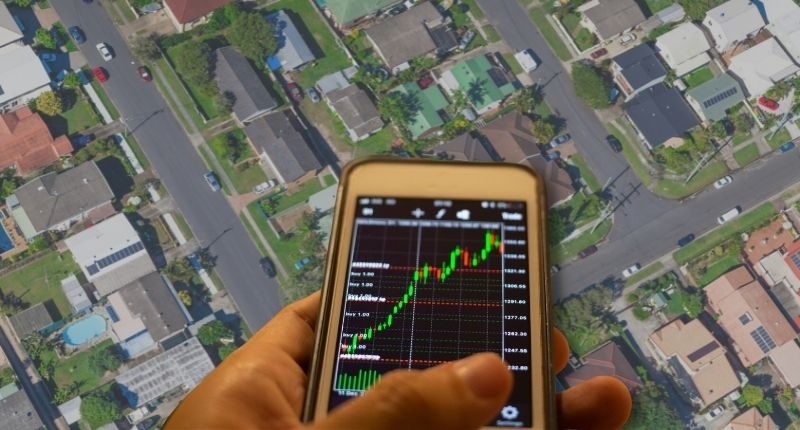- Owner-occupiers have been driving the current housing boom
- However, investors are beginning a return
- Will increased speculation prompt the banking regulator to intervene?
As we all know, housing prices have continued to soar across the nation – in fact, they have risen the fastest since 1988.
Historically low interest rates and a multitude of government stimulus measures have ensured the demand for housing has remained high, despite low levels of immigration.
But who has been the primary driver?
The “who” in this question bifurcates the demand side of the market into owner-occupiers – people who purchase a house with the intention of living in it, and investors – people who purchase a house that will typically be rented out to someone else for a return.
Looking at data from CoreLogic – Australia’s leading research service in property – owner-occupiers have been the primary driver of the current housing boom. They comprised 76% of all new home loans over the 12 months to March 2021, 11% higher than the decade average. Government incentives like HomeBuilder – which provided eligible owner-occupiers with a grant to build a new home – are most certainly a key factor in this trend.
However, the data also shows that investors are recently starting a return to the market. The past six months have seen the value of investor loans increase by 48.1% while the value of owner-occupier loans is up a smaller 29.7%. On an annual basis, investors have almost caught up with owner-occupiers, recording growth in the value of loans at 54.3% and 55.6% respectively.
Investor demand remains concentrated in New South Wales (NSW). This is no surprise, considering NSW historically attracted the largest share of investors. In particular, Sydney is home to the most investors in housing, likely due to having the highest annual rate of capital gains. House values in the capital city have averaged 6.6% growth each year.
Meanwhile, investors looking for cash flow opportunities as opposed to capital gains, higher rental yields are currently found in Darwin (5.6%), Hobart (4.4%), and Perth (4.3%) for houses, and Darwin (7.2%), Canberra (5.5%) and Perth (5.4%) for units.
But of course, as the saying goes: past performance is not a guarantee of future performance.
What does this mean for regulating the housing market?
There has been much discussion and commentary in the press about what will be done to cool the soaring housing market.
The Reserve Bank is committed to supporting the economic recovery, stating they will not raise rates until wages and inflation have reached their targets (likely not until late 2023-early 2024), housing prices will likely continue to rise.
The Australian Prudential Regulation Authority (APRA), the banking regulator tasked with maintaining stability of the financial system, has stuck to its line that it will not impose measures to cool the market unless overall lending standards deteriorate.
History can provide an important insight into the future (although it is not guaranteed events will play out the same way).
Australia experienced a housing boom starting in 2013. This was primarily driven by investor activity, which peaked at 45.9% in late 2014. During this time, APRA imposed macroprudential measures to curb this growth, placing a 10% speed limit on investor credit growth in 2014 and a second round of reducing interest only lending in 2017.
The fundamental difference between the earlier boom – which prompted APRA to intervene due to keeping first home buyers out of the market – and the current boom is that owner-occupiers have been driving the price rise, not investors. Until now.
At the moment, the value of investment loans as a share of new mortgage commitments was only 25.9% in March – down from the decade average and historical high seen in 2015. But as investors play catch-up to owner-occupiers, driving house prices further and further up – will this prompt APRA to impose similar lending restrictions as they did in 2014 and 2017?
If investor activity continues to climb, this may indicate increased risk-taking and speculation – posing a threat to the financial system – which would warrant APRA to intervene.
But for now, it seems that the housing boom is set to continue.
~~
Before making any decisions, please do your own independent research, taking into account your own situation. This article does not purport to provide financial, taxation, or investment advice. See our Terms of Use.








